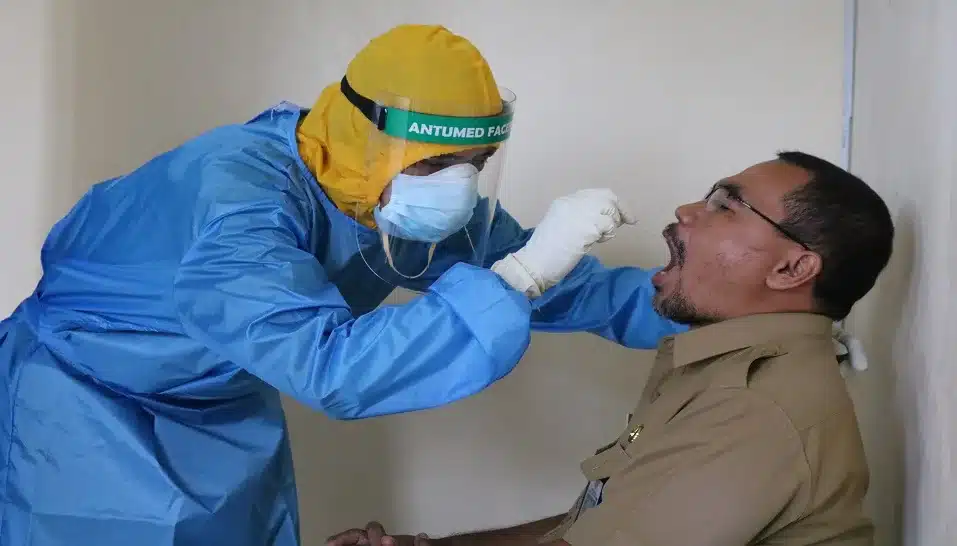As the country reels under a catastrophic second wave of COVID infections, its testing capacity is struggling to catch up. The race to overtake the infection is getting more challenging.
On February 11, 2021, India’s recorded 9353 cases of COVID-19. The count, since then, has continually risen, crossing the 400,000 mark on April 30. While most of the country’s cases still come from hotspot states like Maharashtra, Kerala and Karnataka, the infection, undoubtedly, has gone deeper into the country, as each state witnesses a second wave much worse than the first.
Don’t test, don’t know?
In the peak of the first wave, an average of a million tests were carried per day. Overall testing has increased in this second wave, but it still isn’t enough. As daily cases shoot four-folds, testing has increased by a paltry 30 per cent.
Post the April 30 peak of 402,014, case count dipped for a few days. This can be directly attributed to reduced testing. On May 1, 1,945,299 tests and 392,576 cases were recorded. The next two days, May 2 and May 3, 1,804,954 and 1,504,698 tests were done. Daily tests thus fell by an astonishing 22.65 per cent.
This testing-to-cases correlation is further evident from the increase in cases in the following days – May 4 and May 5, as testing increased again. The percentage change, however, is disproportionate. A substantial drop in testing by over 20 per cent only caused a far smaller, 2.47 per cent drop in cases.
Testing data from states also shows similar trends. States like Gujarat, Delhi, and Telangana show either a dip or plateau in daily cases, as the testing too has dipped or stagnated.
Unchecked positivity rates
Positivity rate, defined as the proportion of positive cases to tests conducted, is considered an indicator of whether adequate testing is being carried out. Daily positivity rate in India was 1.22 per cent on February 11 this year. Since then, it has surged to 25.29 per cent on April 25. This means that every fourth person tested in the country that day was positive.
Total Positivity Rate (TPR), by extension, is the same ratio across total tests conducted so far. This, for India, went as high as 9.01 per cent during the first wave, dipped to 4.96 per cent in March 2021, and has now crossed 7 per cent again. The World Health Organization recommends maintaining a positivity rate of under 5 per cent continuously for two weeks before considering any relaxations in lockdown restrictions. Since June 1, 2020, when the nationwide lockdown was lifted, India’s TPR has consistently been over 5 per cent, only dipping below that mark for a brief period 17 days in March 2021.
ICMR revises testing guidelines
In light of the record numbers of cases and deaths and the high positivity rates, India’s apex medical research body – Indian Council for Medical Research – on Tuesday issued fresh testing guidelines for the second wave. Without directly acknowledging the shortfall, the guidelines recommend optimisation of use of RT-PCR testing facilities across all states, as well as upscaling antigen testing. In what seems to reflect the war-like pandemic circumstances, ICMR stresses on the crisis’ impact on the laboratories and their staff, and advises that any person showing COVID-like symptoms should be treated a case of COVID unless proven otherwise.

















